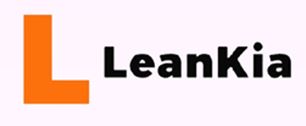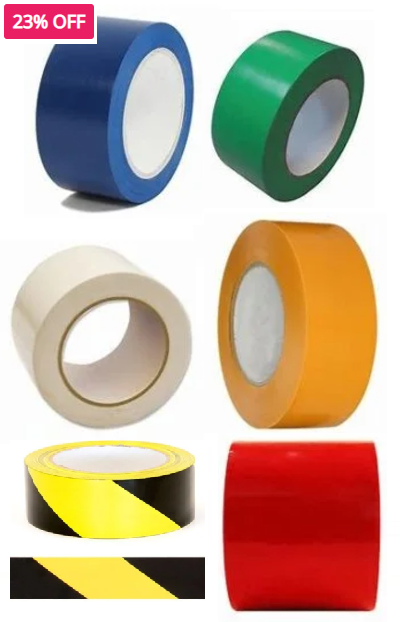Every workplace, whether it’s an office, warehouse, factory, or construction site, must prioritize employee health and safety. One of the most fundamental safety requirements is maintaining a well-stocked first aid box. A properly equipped first aid kit can make the difference between a minor injury and a major incident.
In this article, we’ll walk you through the essential items every workplace first aid box should contain, based on health and safety regulations and best practices.
Why First Aid Boxes Are Crucial in the Workplace
Accidents can happen at any time. Having immediate access to first aid supplies allows trained personnel or coworkers to respond quickly to:
-
Minor cuts and bruises
-
Burns
-
Eye injuries
-
Sprains or strains
-
Sudden illness or allergic reactions
First aid kits are not only a legal requirement under OSHA and local health regulations but also a key component of an effective workplace emergency response plan.
Essential Items for a Workplace First Aid Box
While contents may vary based on workplace type and size, here are the core items that every first aid kit should include:
1. Adhesive Bandages (Plasters)
-
For covering small cuts, blisters, and abrasions
-
Various sizes and shapes for different injuries
2. Sterile Gauze Pads and Dressings
-
To stop bleeding and protect wounds
-
Should include multiple sizes
3. Adhesive Tape
-
Used to secure bandages or dressings
-
Hypoallergenic tape preferred for sensitive skin
4. Antiseptic Wipes or Solution
-
For cleaning wounds and preventing infection
-
Alcohol or iodine-based wipes are common
5. Disposable Gloves
-
Prevent cross-contamination and protect both caregiver and injured person
-
Should be latex-free to avoid allergic reactions
6. Scissors and Tweezers
-
Scissors for cutting bandages or clothing
-
Tweezers for removing splinters or debris
7. Burn Dressings or Gel
-
For treating minor burns or scalds
-
Helps cool the skin and reduce pain
8. Eye Wash or Eye Bath Solution
-
Especially important in environments with chemicals or dust
-
Sterile saline solutions are ideal
9. CPR Face Shield or Pocket Mask
-
For performing safe and hygienic mouth-to-mouth resuscitation
10. Triangular Bandages
-
Multi-purpose use: slings, head injuries, or securing dressings
11. Instant Cold Packs
-
For reducing swelling from sprains, strains, or contusions
12. Elastic Bandages (Compression)
-
For wrapping sprained joints or securing ice packs
13. First Aid Manual or Instruction Leaflet
-
Quick reference guide for dealing with common injuries and emergencies
14. Pain Relievers (as permitted)
-
Such as paracetamol or ibuprofen, if allowed by workplace policy
15. Emergency Contact Numbers & Incident Report Forms
-
Include internal contacts and local emergency services
-
Keep forms for documenting incidents properly
Additional Items for High-Risk Workplaces
For environments like construction sites, factories, or labs, consider adding:
-
Burn blankets
-
Chemical spill kits
-
Tourniquets
-
Finger bandages
-
Eyewash stations
-
Defibrillators (AEDs)
Maintaining Your First Aid Box
It’s not enough to just have a first aid box—it must be:
-
Easily accessible
-
Clearly labeled
-
Regularly checked and restocked
-
Maintained by trained personnel
Set a regular schedule (e.g., monthly) for inspecting the kit and replacing expired or used items.
Final Thoughts
A well-equipped and maintained workplace first aid box is a small investment that delivers enormous value in emergencies. It ensures that your team is prepared, protected, and compliant with workplace safety regulations.
Need help setting up or auditing your workplace first aid kits? Our safety experts can assist with tailored solutions to meet your industry’s needs.














